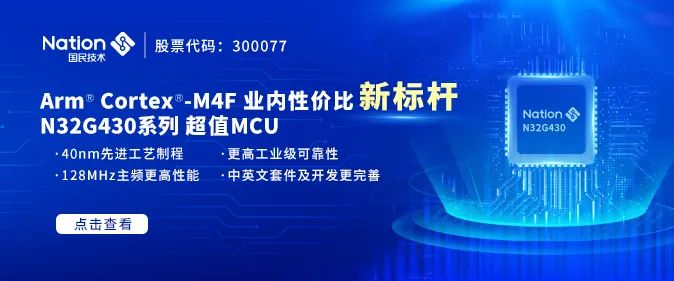
Today, I saw a stunning diagram in a WeChat group:
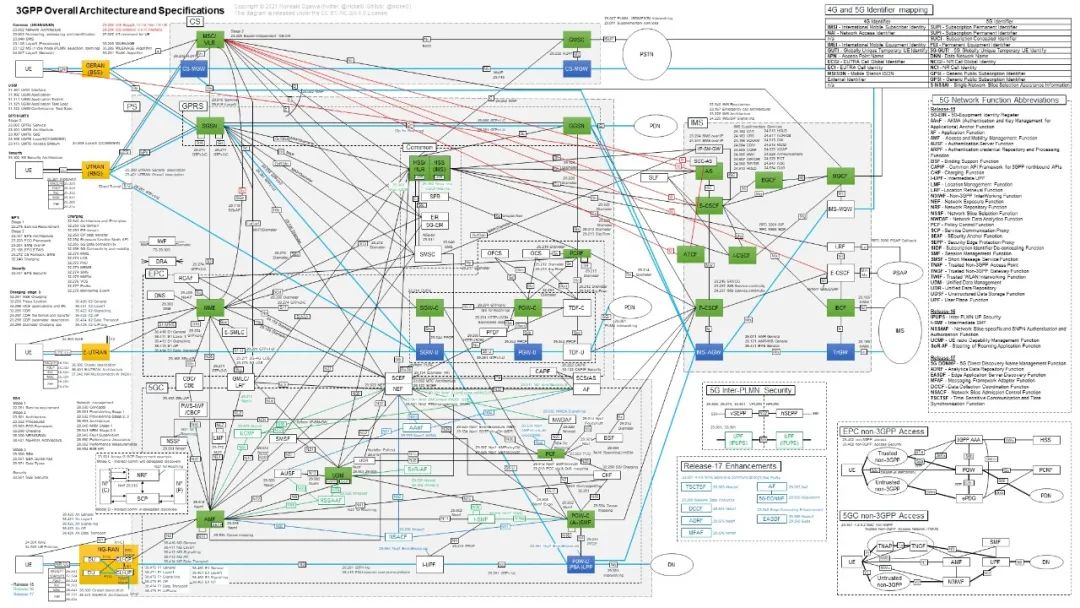
Those who are knowledgeable should understand. This is the diagram of the entire mobile communication network architecture and protocol specifications from 3GPP. In simpler terms, it is the complete architecture diagram of the core network from 2G to 5G. It showcases almost all network elements, as well as the interfaces and protocols between them.
I carefully searched, and the author of this diagram is a Japanese user (Twitter: @nickel0), who completed the drawing in November 2021.
I found the source files he posted on GitHub, available in three formats: jpg (resolution: 6549×3684), pdf, ppt.
Yes, that’s right, he drew the diagram using PowerPoint, which is quite impressive. (I also use PowerPoint for drawing, but compared to his diagram, I can’t even come close.)
Without further ado, here’s the link to share with everyone:
https://pan.baidu.com/s/1aQRgKkJ2W_zn3lvAWTLG1QExtraction code: 1314█ A Question About the 5G Core NetworkAdditionally, yesterday a reader asked me a question: Why does China Mobile separate the construction of the 5G core network for toC and toB?This question puzzled me as well.After consulting with industry experts, I received a relatively authoritative answer, and I would like to share it with everyone:The toC 5G core network, aimed at consumer (mobile phone) users, was constructed earlier.China Mobile has planned multiple cloud resource pools nationwide, and construction and expansion are carried out in phases through bidding. Each resource pool is responsible for several provinces, essentially serving as the physical carrier for the 5G core network elements.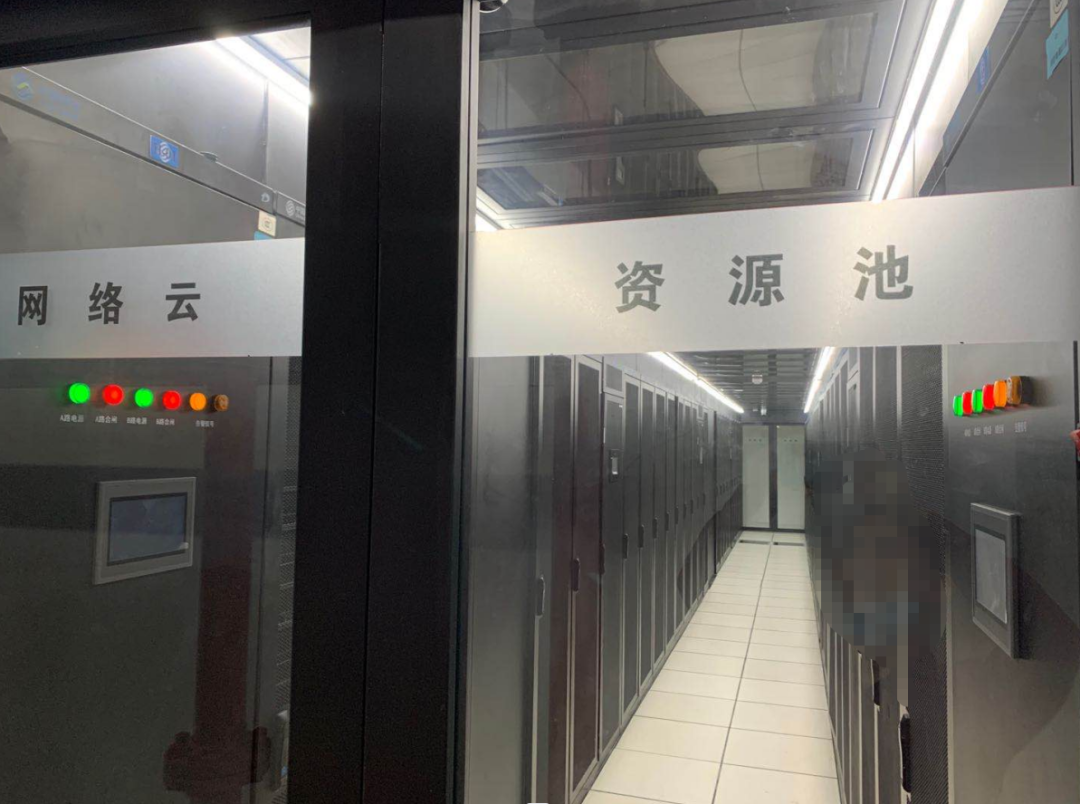
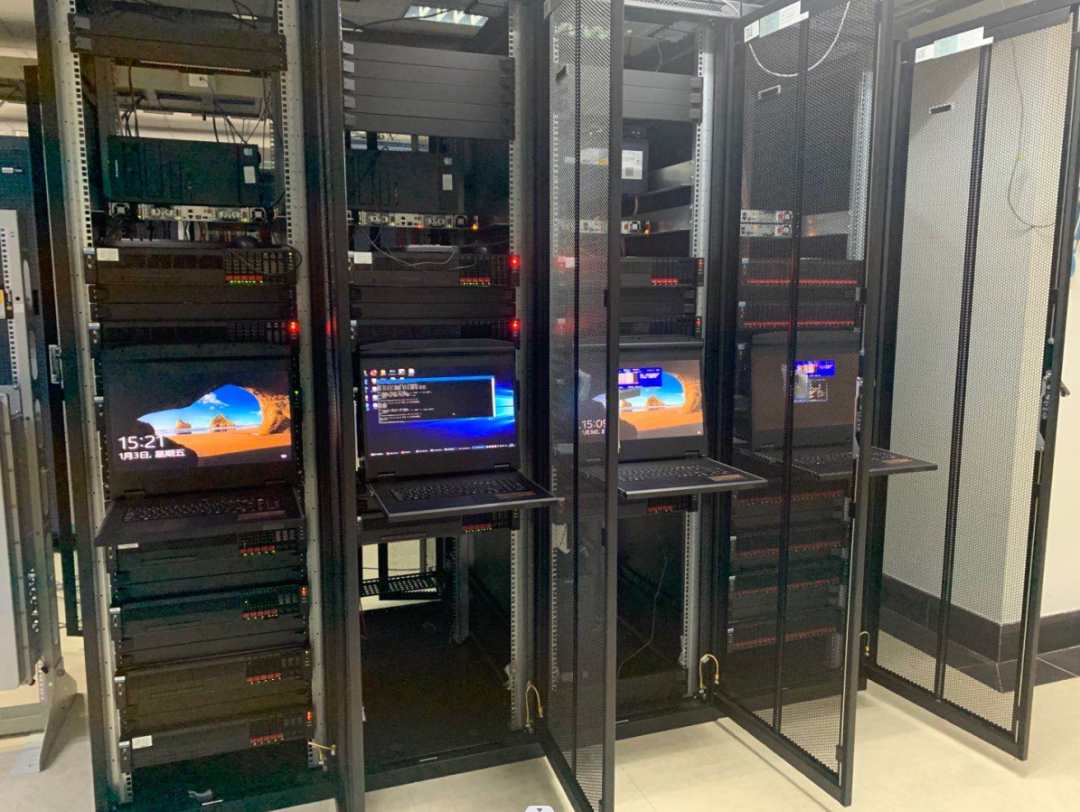
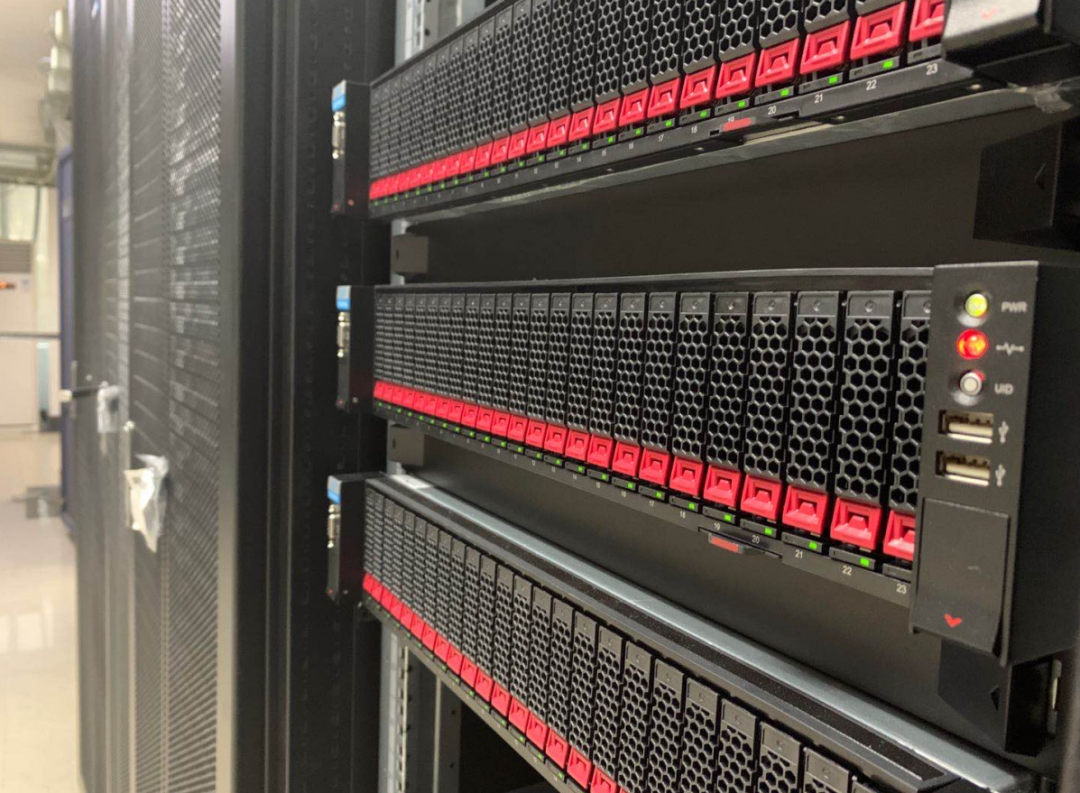 The cloud resource pools (main suppliers include Huawei, ZTE, Inspur, H3C, Ronglian, etc.)During the development of 5G services, existing mobile user services are distributed across the cloud.By the time the toB 5G phase develops, operators have accumulated certain experience and are better prepared. The construction is more macro and holistic, with nationwide implementation.Some network elements are constructed by major regions, such as UDM and PCF. Others are constructed by province, such as AMF, SMF, and CHF.In fact, the toB 5G core network and the toC 5G core network are both on the same resource pool. In other words, physically, they are together.Why are the virtualized network elements of the toB and toC 5G core networks not shared?On one hand, it is because the traffic models for toB and toC are different (watching dramas online and VR quality inspection are clearly not the same), and the business characteristics are also different. Therefore, not sharing network elements is beneficial for better configuration and deployment.On the other hand, the teams responsible for toB and toC businesses are also different. Distinguishing network elements will clarify responsibilities in management.From the operators’ perspective, the scale of toC 5G is foreseeable. After all, the population is limited, and no matter how much it develops, it will only reach this scale.However, the scale of toB 5G will far exceed that of toC, and this scale is unpredictable. Therefore, operators have reserved a significant amount of development space when constructing toB. This space is much larger than that of toC.However, currently, due to various reasons, the development of toB 5G is not very smooth, and the scale has not increased as quickly as expected. This has led to operators’ resource construction possibly being a bit ahead of schedule.This is also a question that operators are reflecting on. In the future, they may adjust their steps accordingly.Alright, that’s about it. Operators are not very willing to disclose the architecture of the existing 5G network, so there is very little information available. If there is any official information released later, I will share it with everyone at the first opportunity.END「“DJI New Drone Pros and Cons”」Click 👇 the video below to watch
The cloud resource pools (main suppliers include Huawei, ZTE, Inspur, H3C, Ronglian, etc.)During the development of 5G services, existing mobile user services are distributed across the cloud.By the time the toB 5G phase develops, operators have accumulated certain experience and are better prepared. The construction is more macro and holistic, with nationwide implementation.Some network elements are constructed by major regions, such as UDM and PCF. Others are constructed by province, such as AMF, SMF, and CHF.In fact, the toB 5G core network and the toC 5G core network are both on the same resource pool. In other words, physically, they are together.Why are the virtualized network elements of the toB and toC 5G core networks not shared?On one hand, it is because the traffic models for toB and toC are different (watching dramas online and VR quality inspection are clearly not the same), and the business characteristics are also different. Therefore, not sharing network elements is beneficial for better configuration and deployment.On the other hand, the teams responsible for toB and toC businesses are also different. Distinguishing network elements will clarify responsibilities in management.From the operators’ perspective, the scale of toC 5G is foreseeable. After all, the population is limited, and no matter how much it develops, it will only reach this scale.However, the scale of toB 5G will far exceed that of toC, and this scale is unpredictable. Therefore, operators have reserved a significant amount of development space when constructing toB. This space is much larger than that of toC.However, currently, due to various reasons, the development of toB 5G is not very smooth, and the scale has not increased as quickly as expected. This has led to operators’ resource construction possibly being a bit ahead of schedule.This is also a question that operators are reflecting on. In the future, they may adjust their steps accordingly.Alright, that’s about it. Operators are not very willing to disclose the architecture of the existing 5G network, so there is very little information available. If there is any official information released later, I will share it with everyone at the first opportunity.END「“DJI New Drone Pros and Cons”」Click 👇 the video below to watch